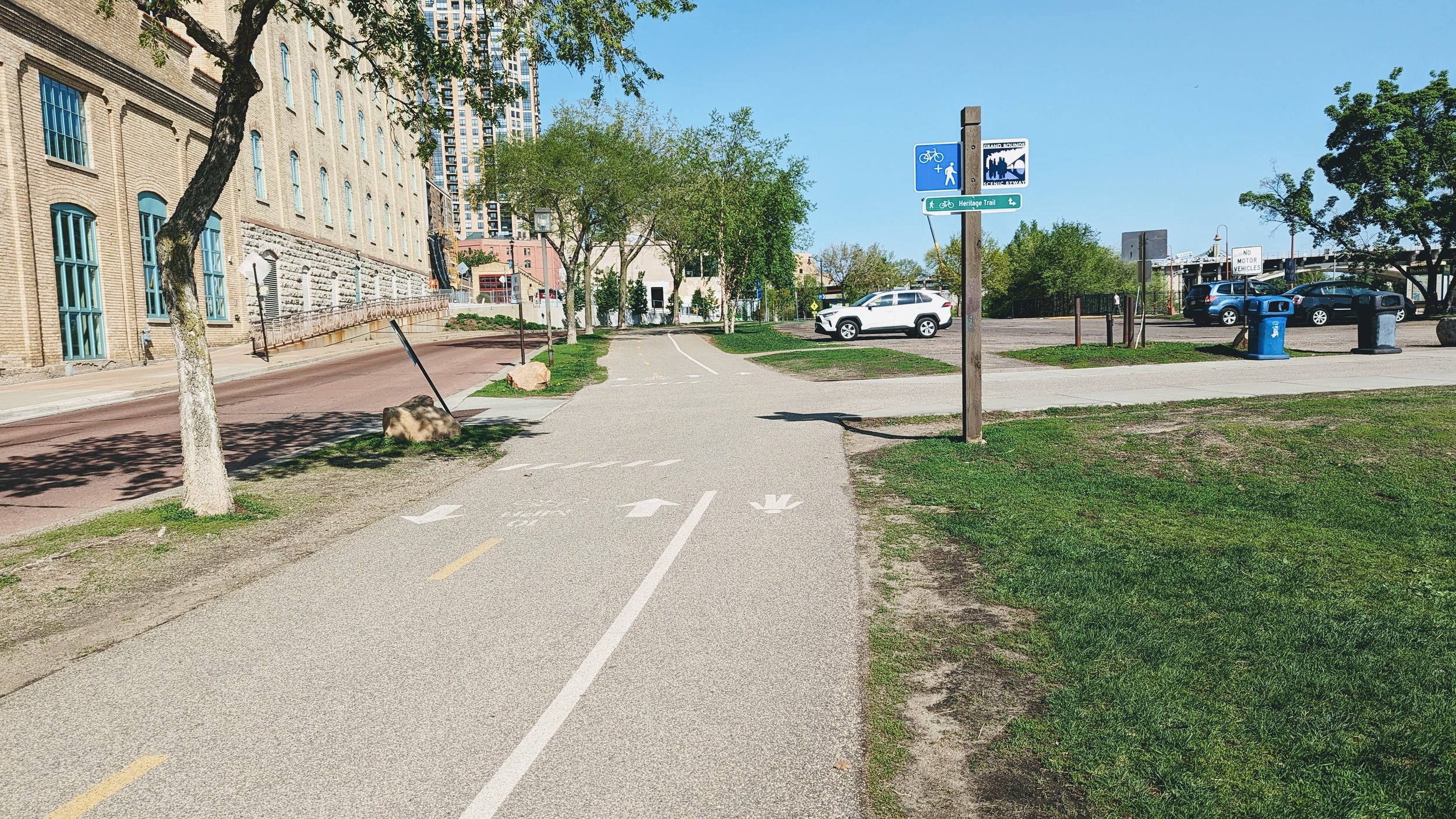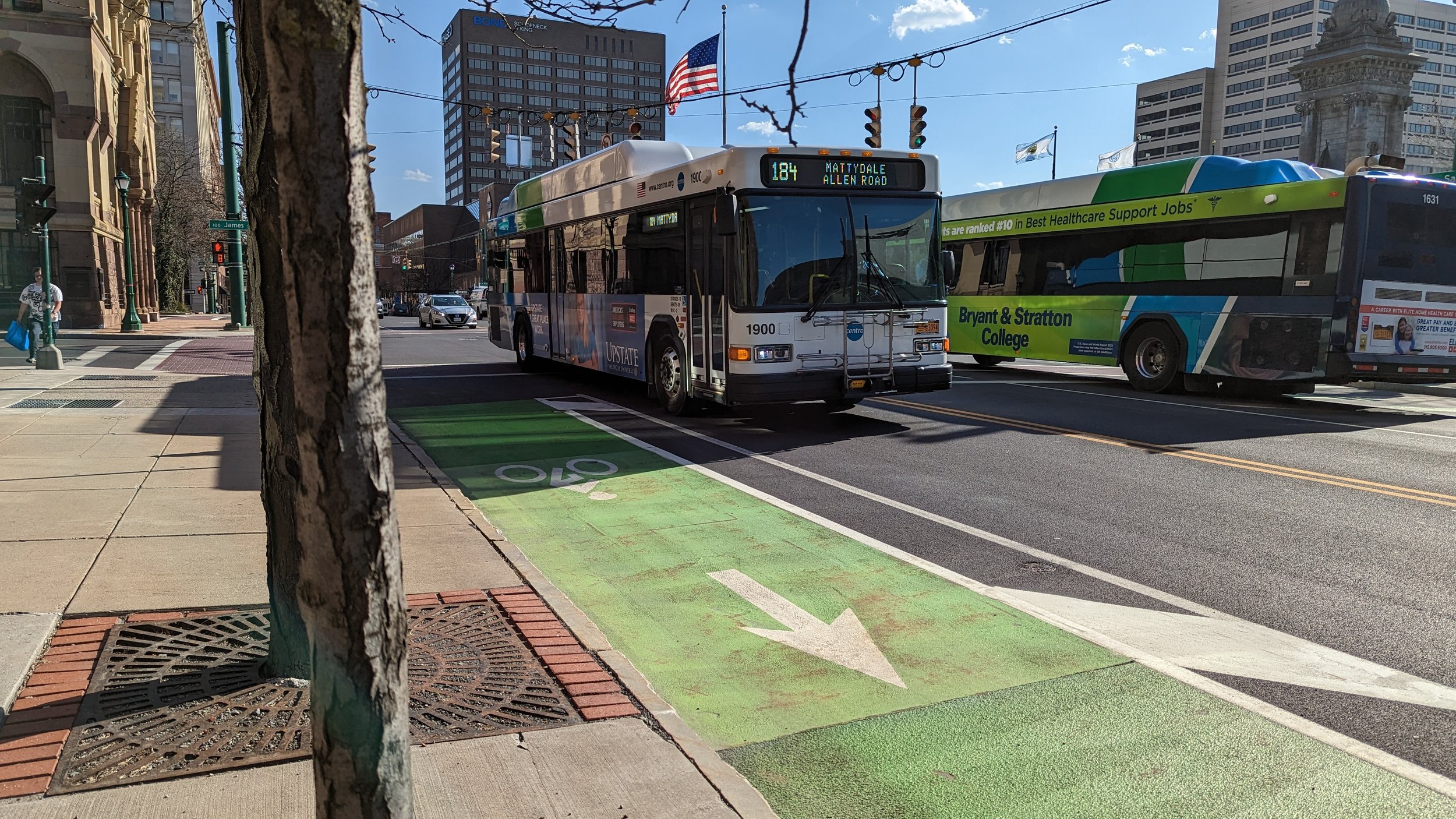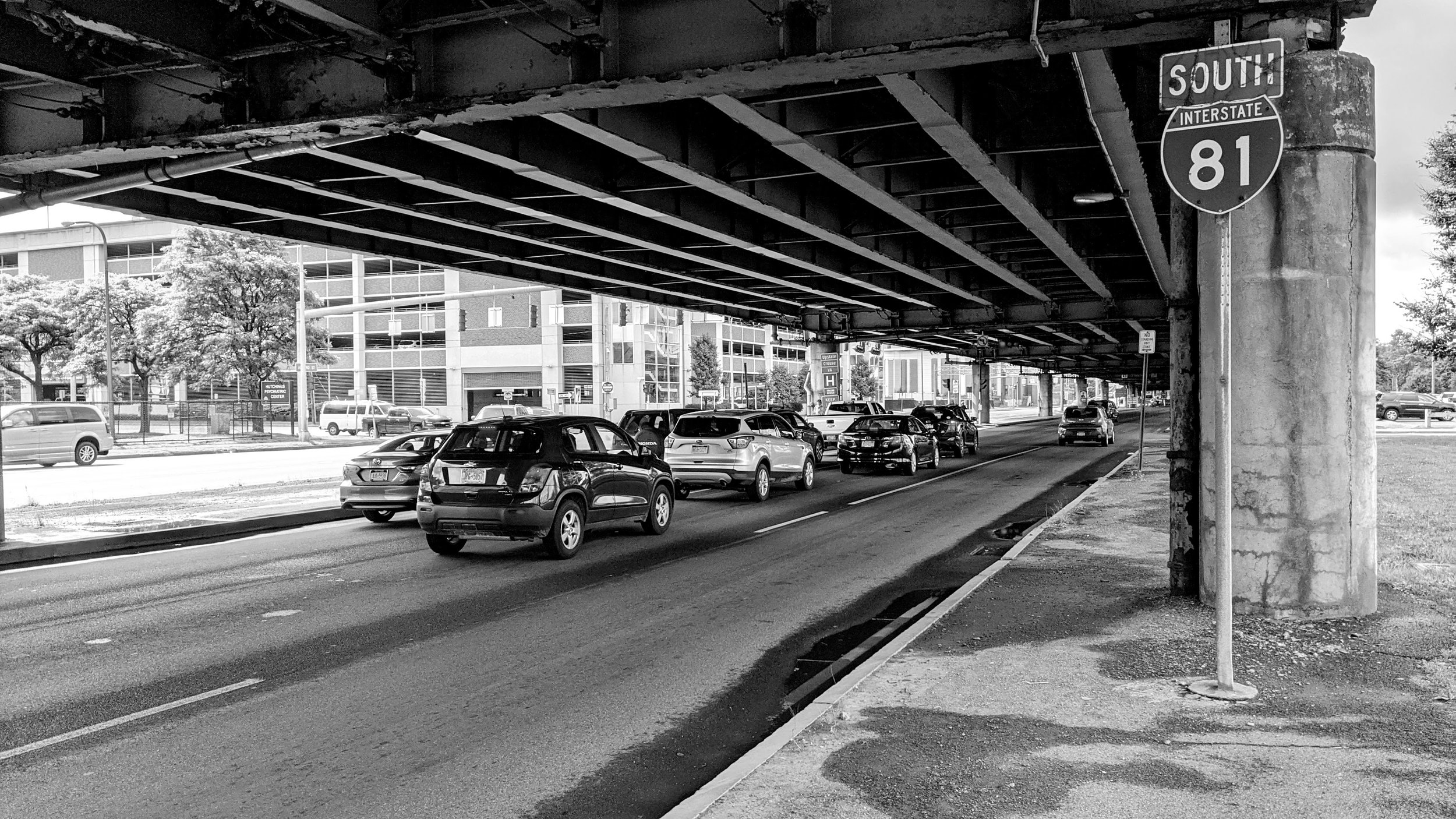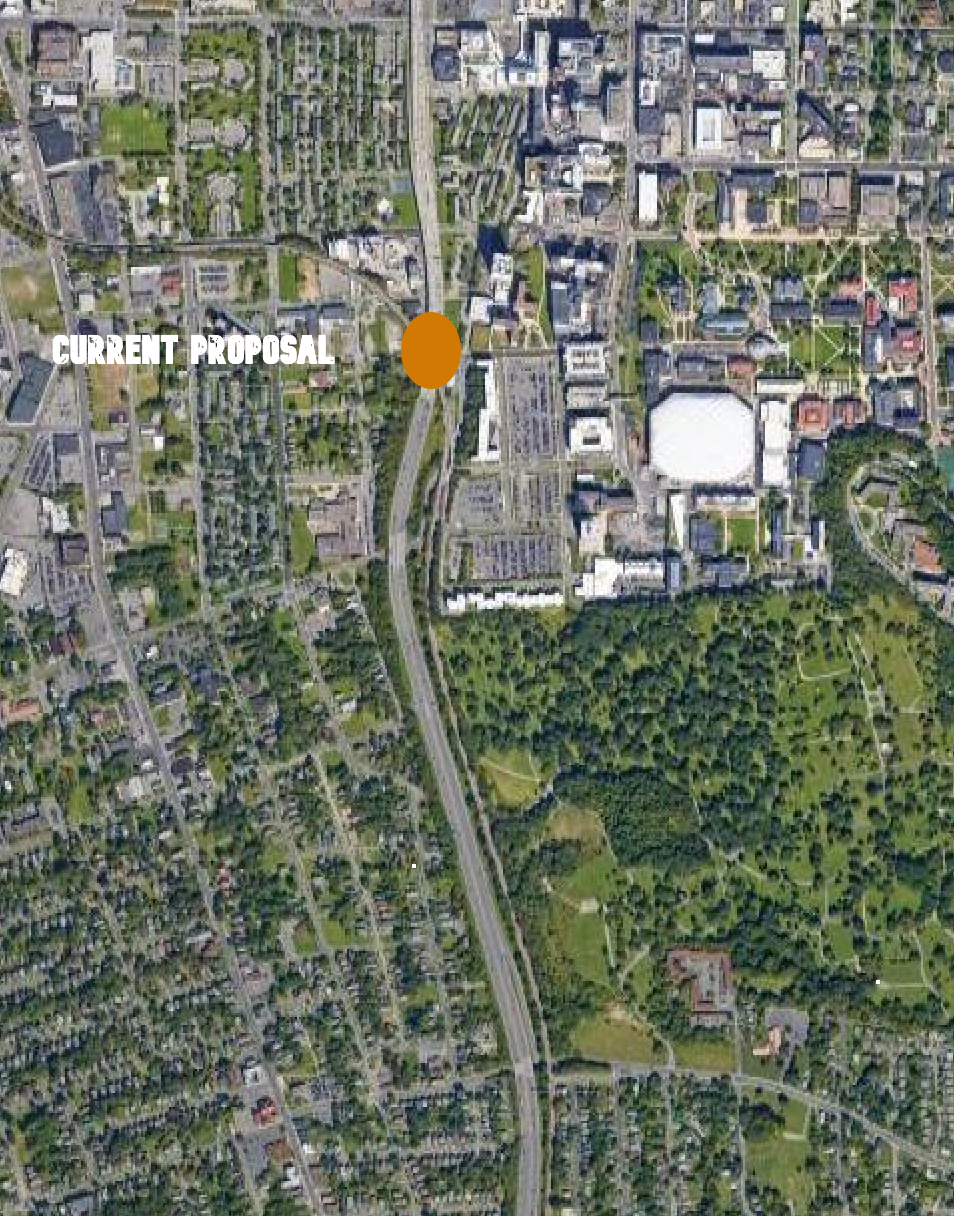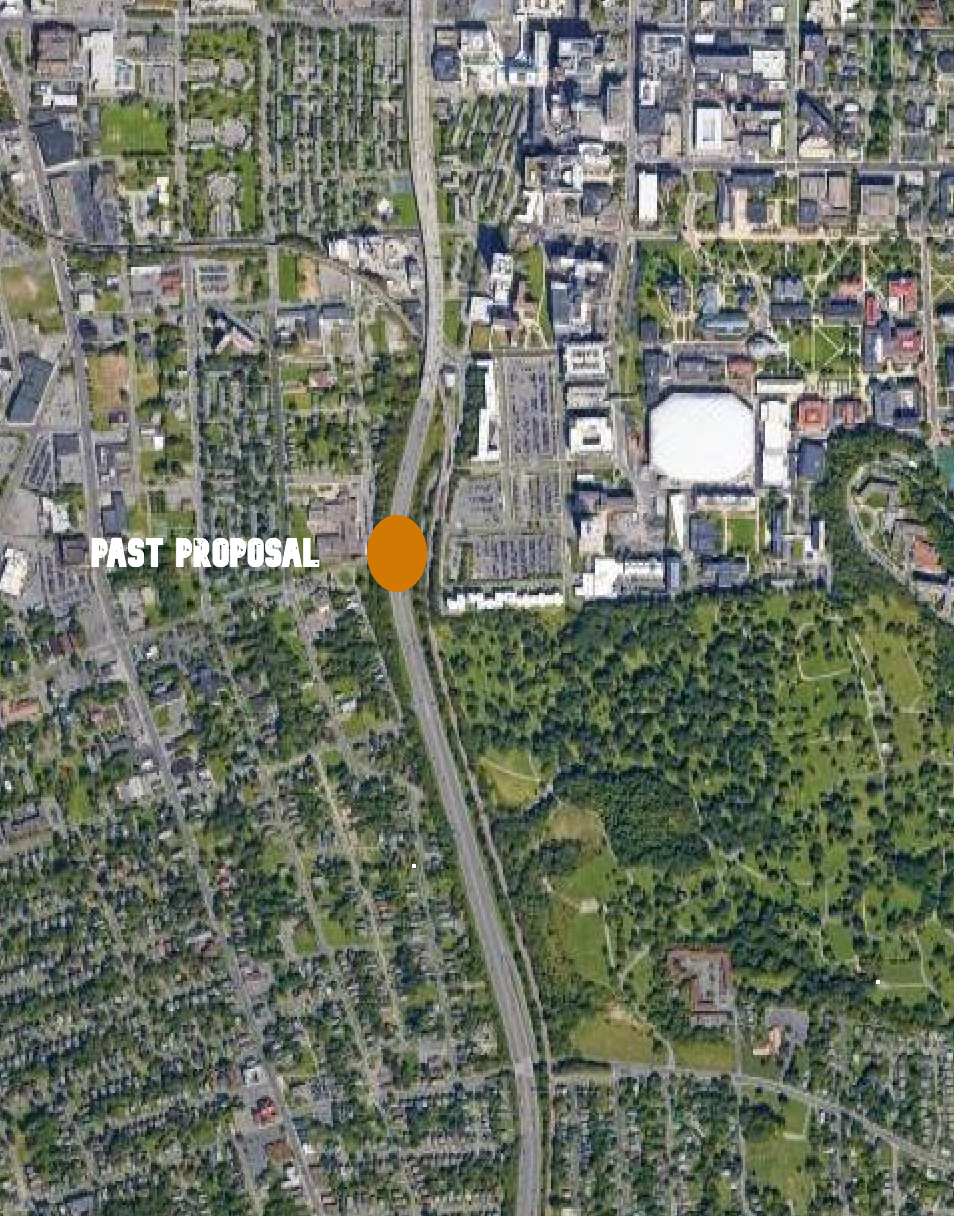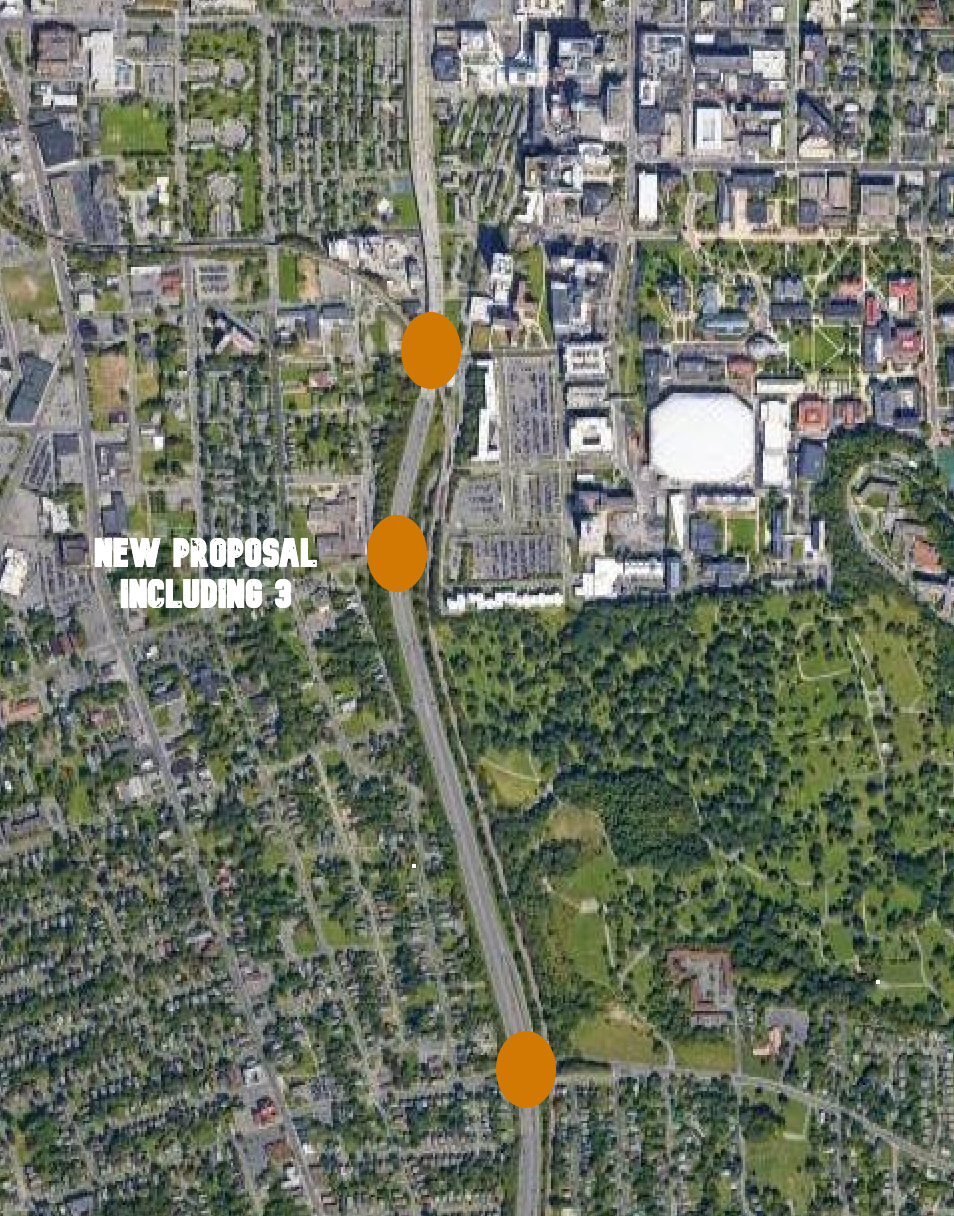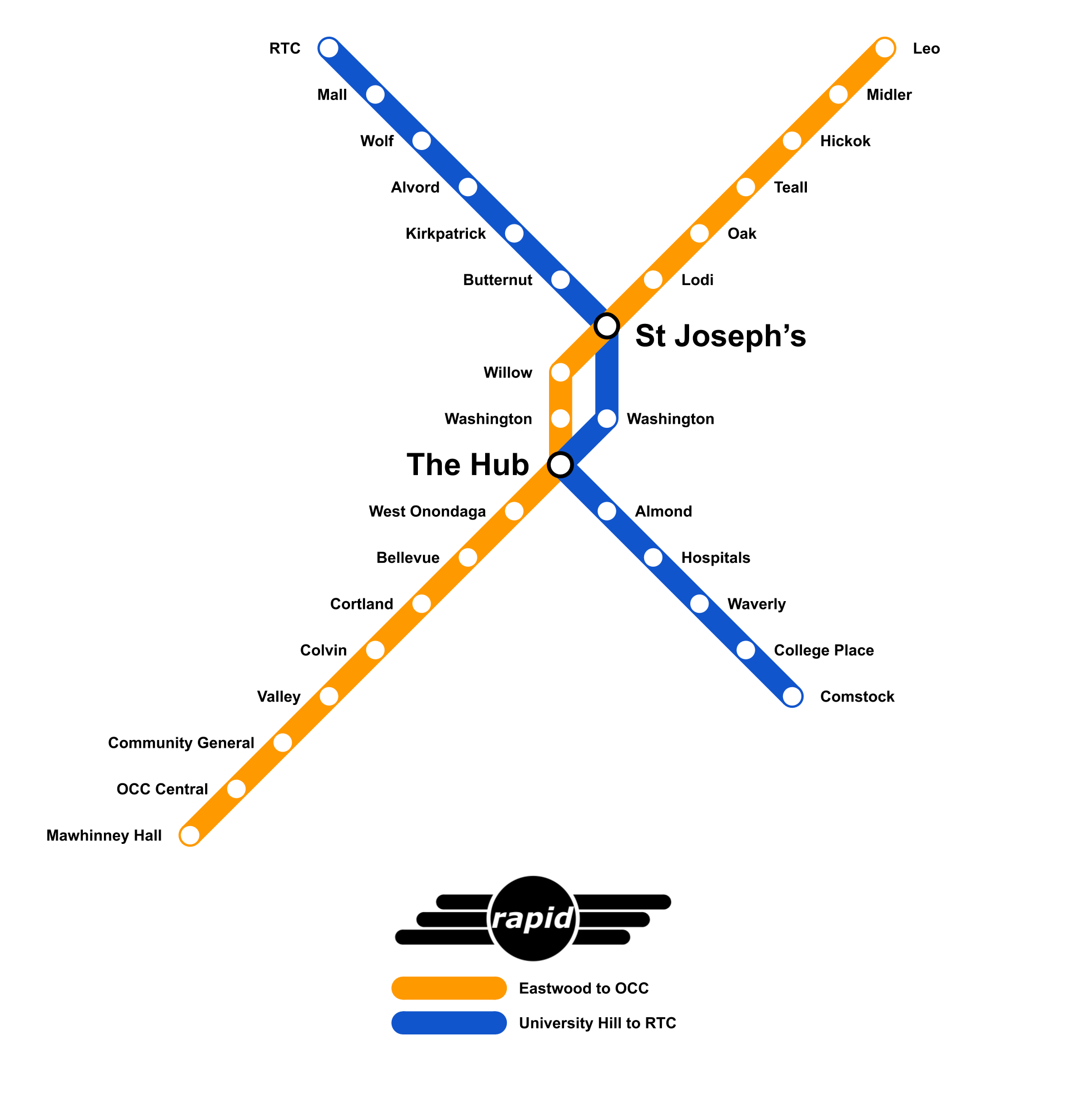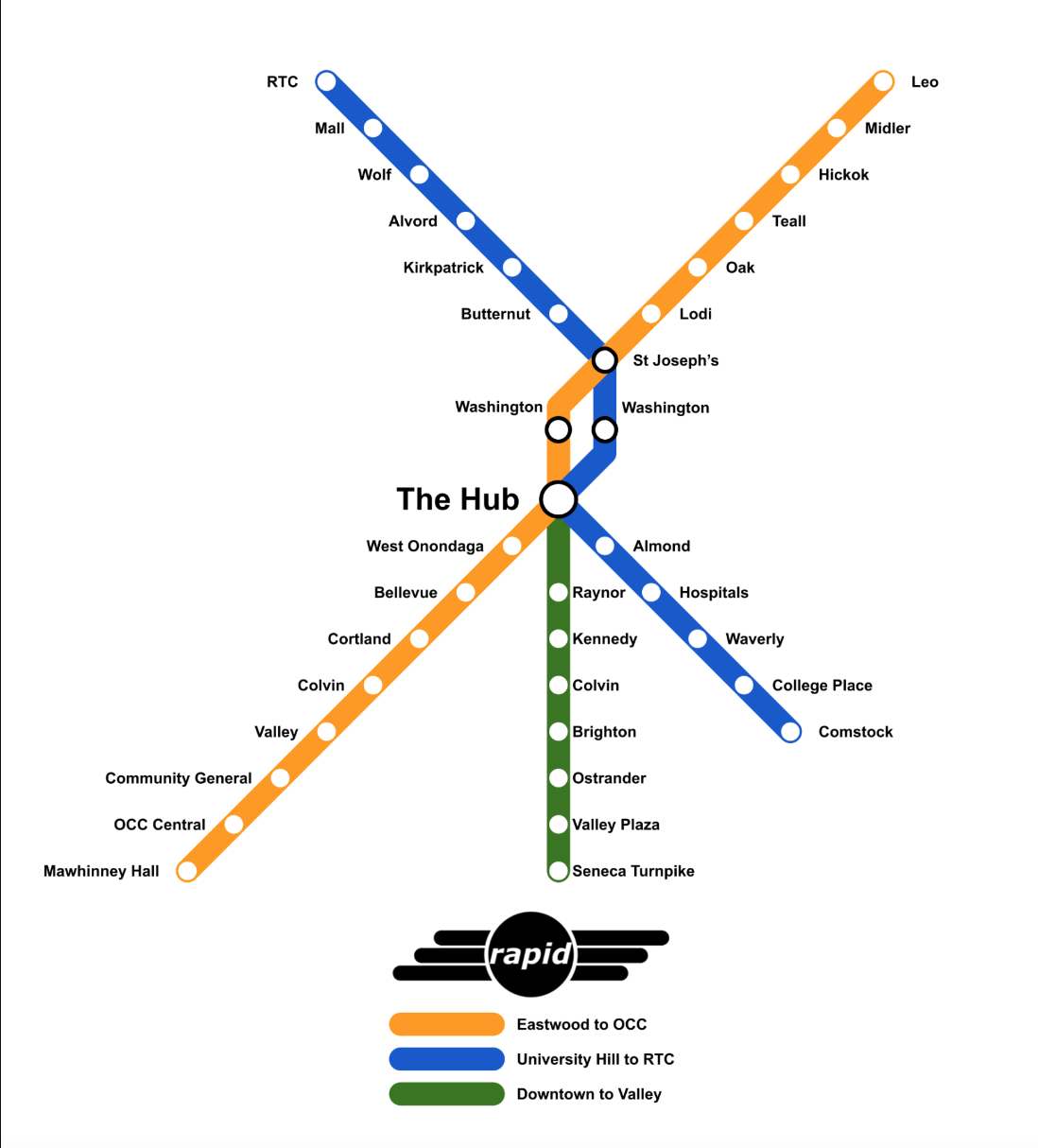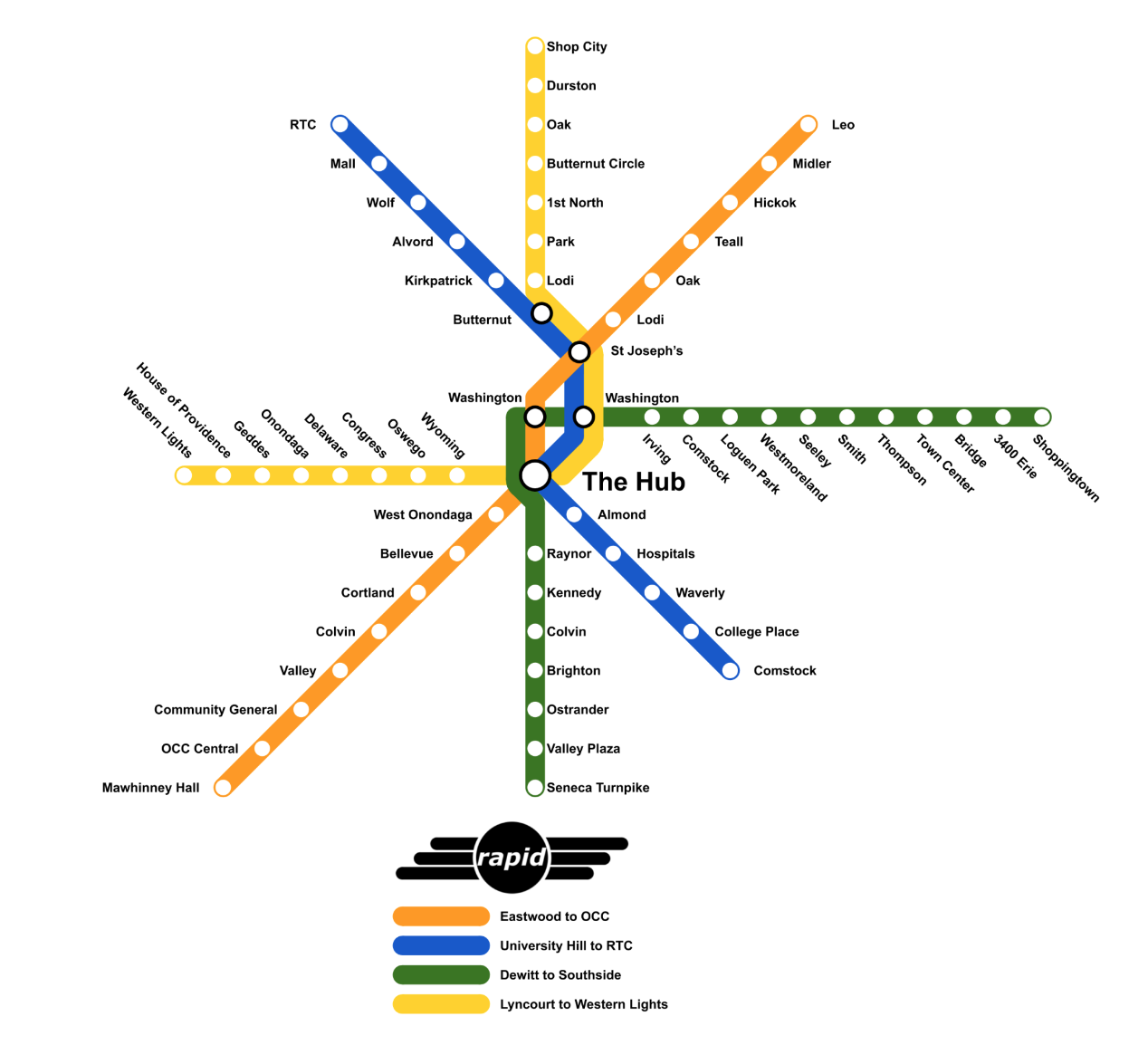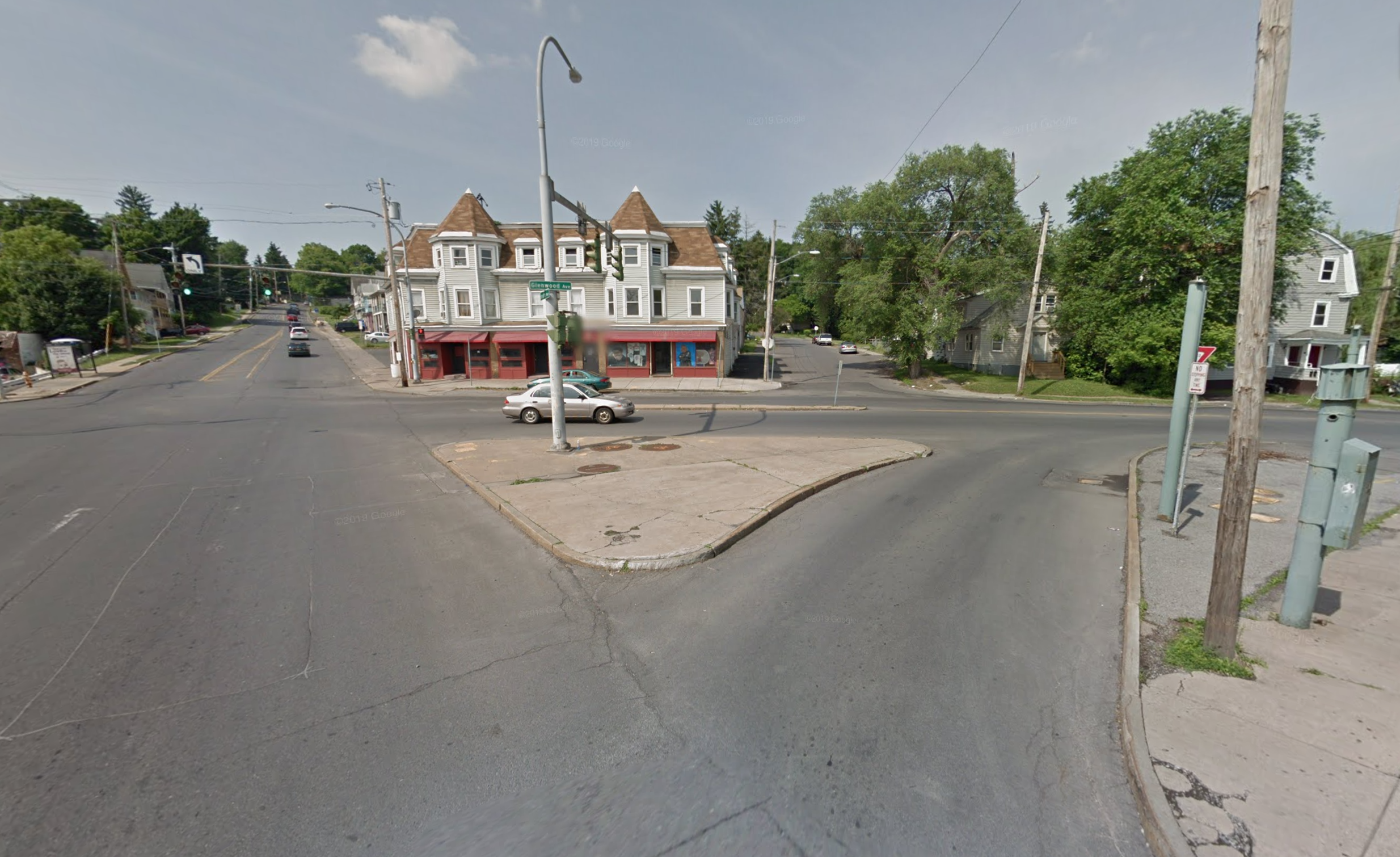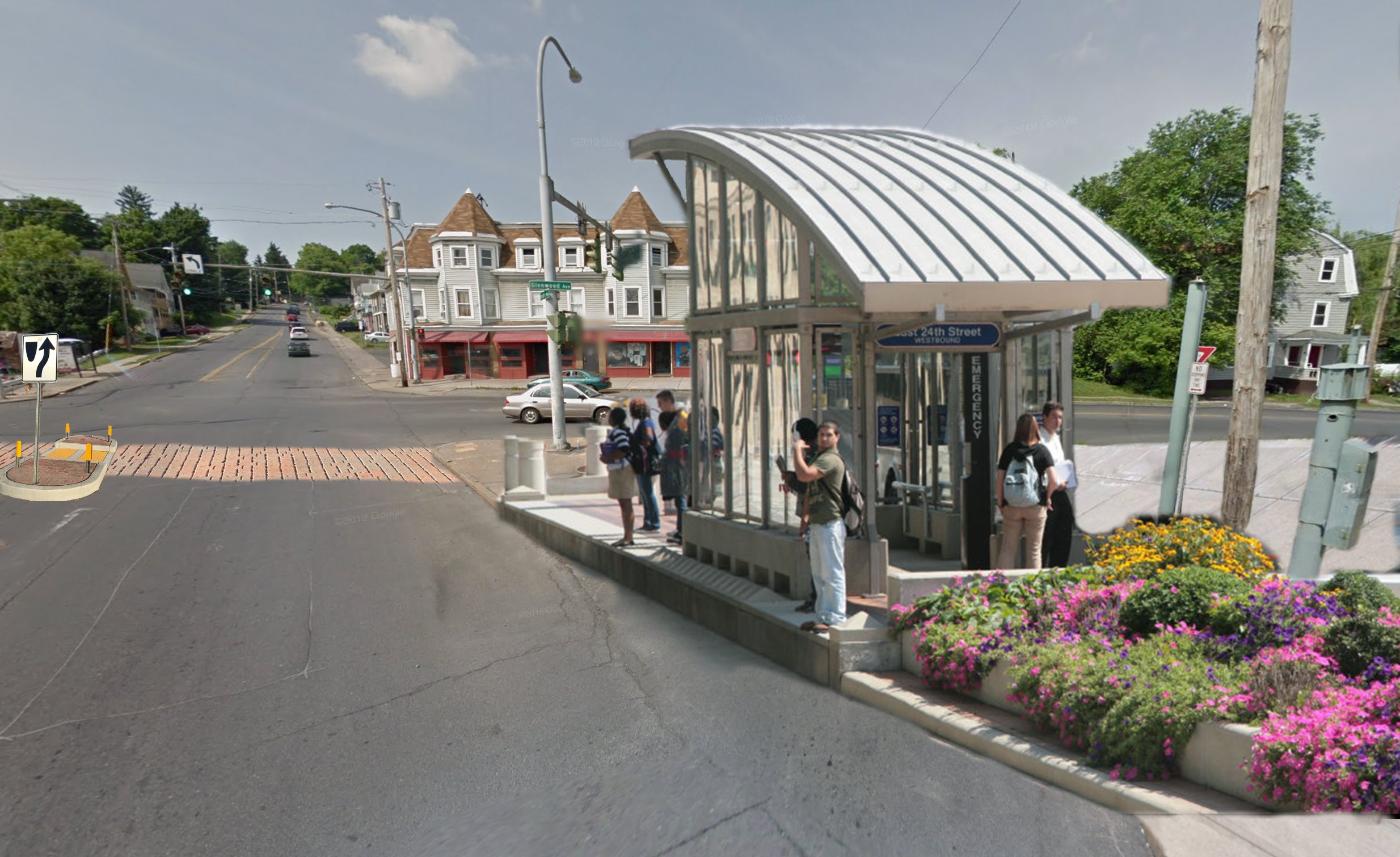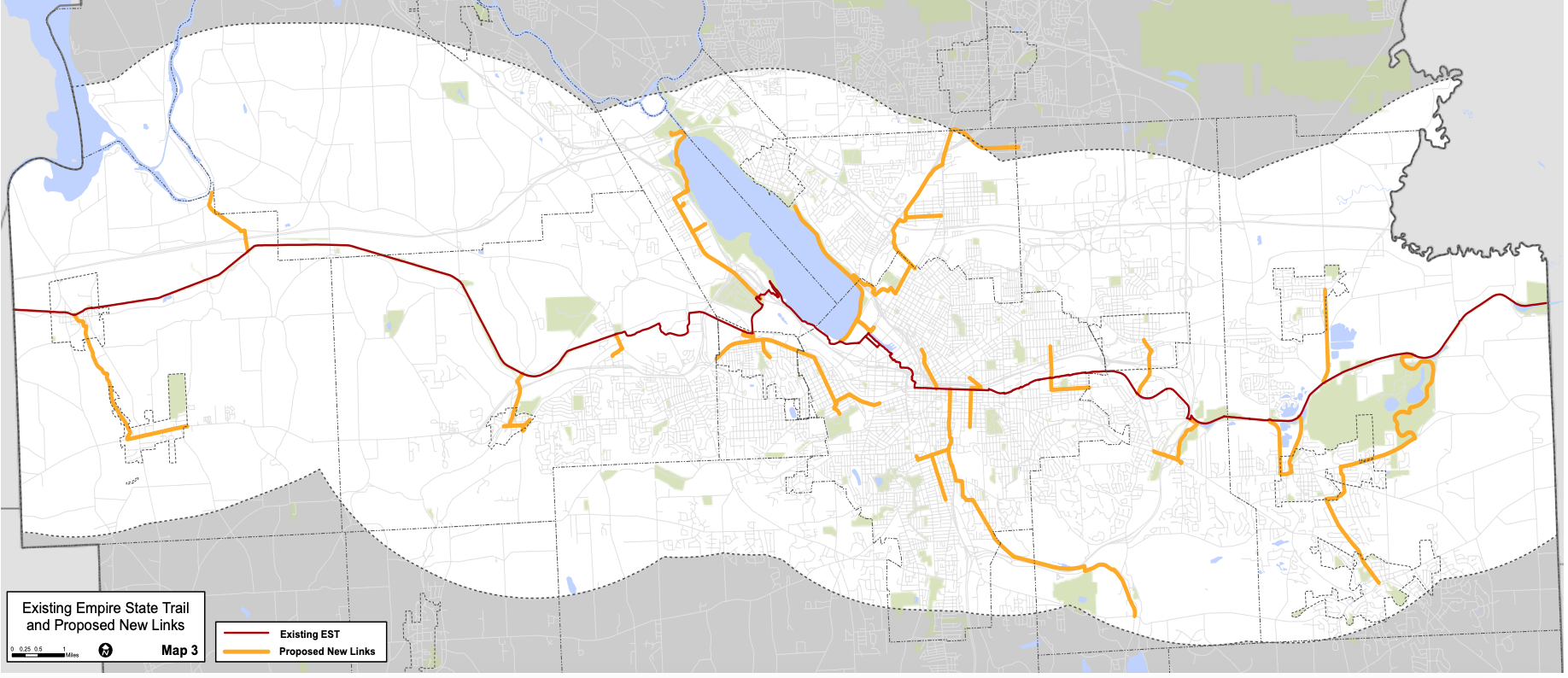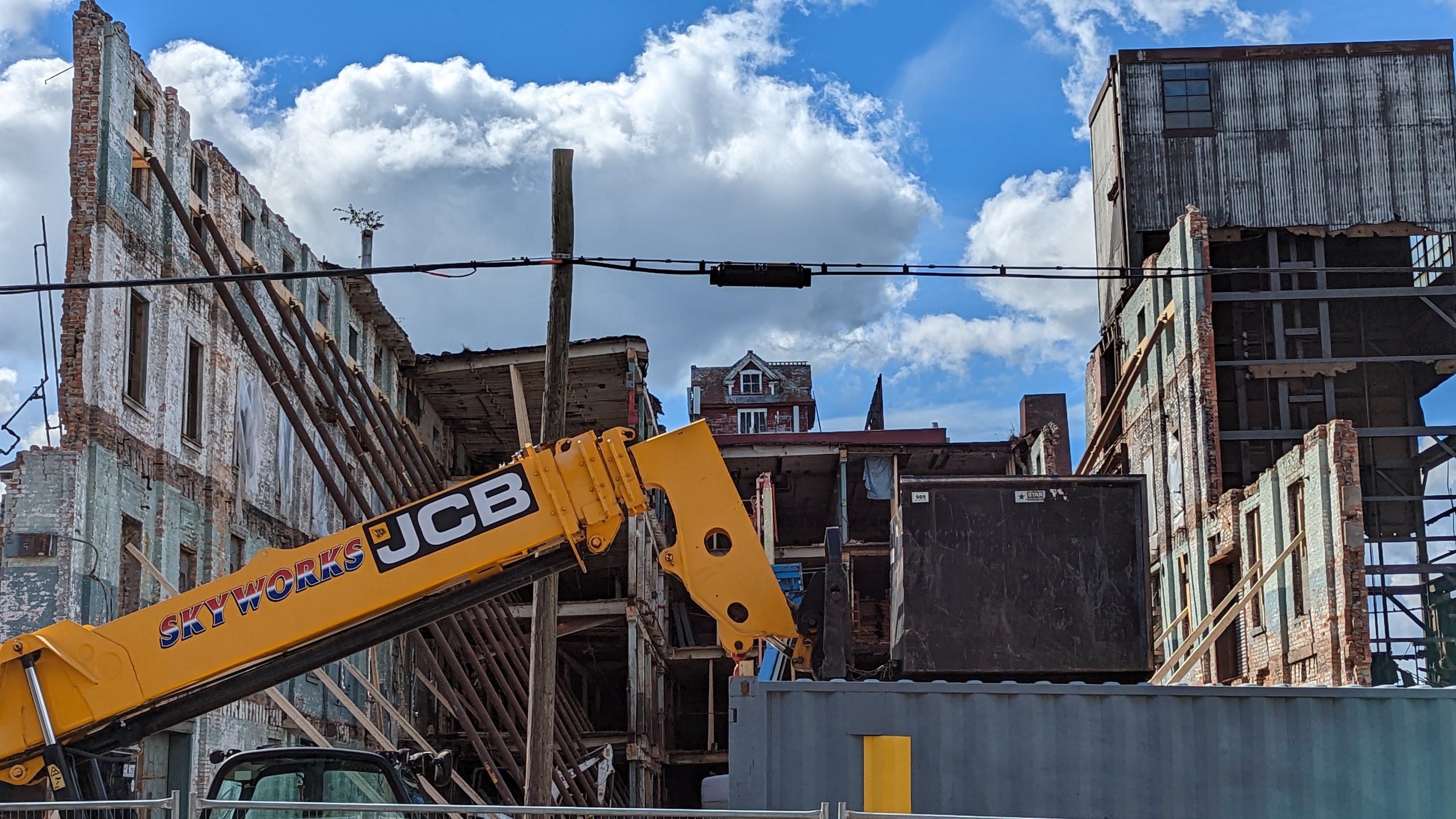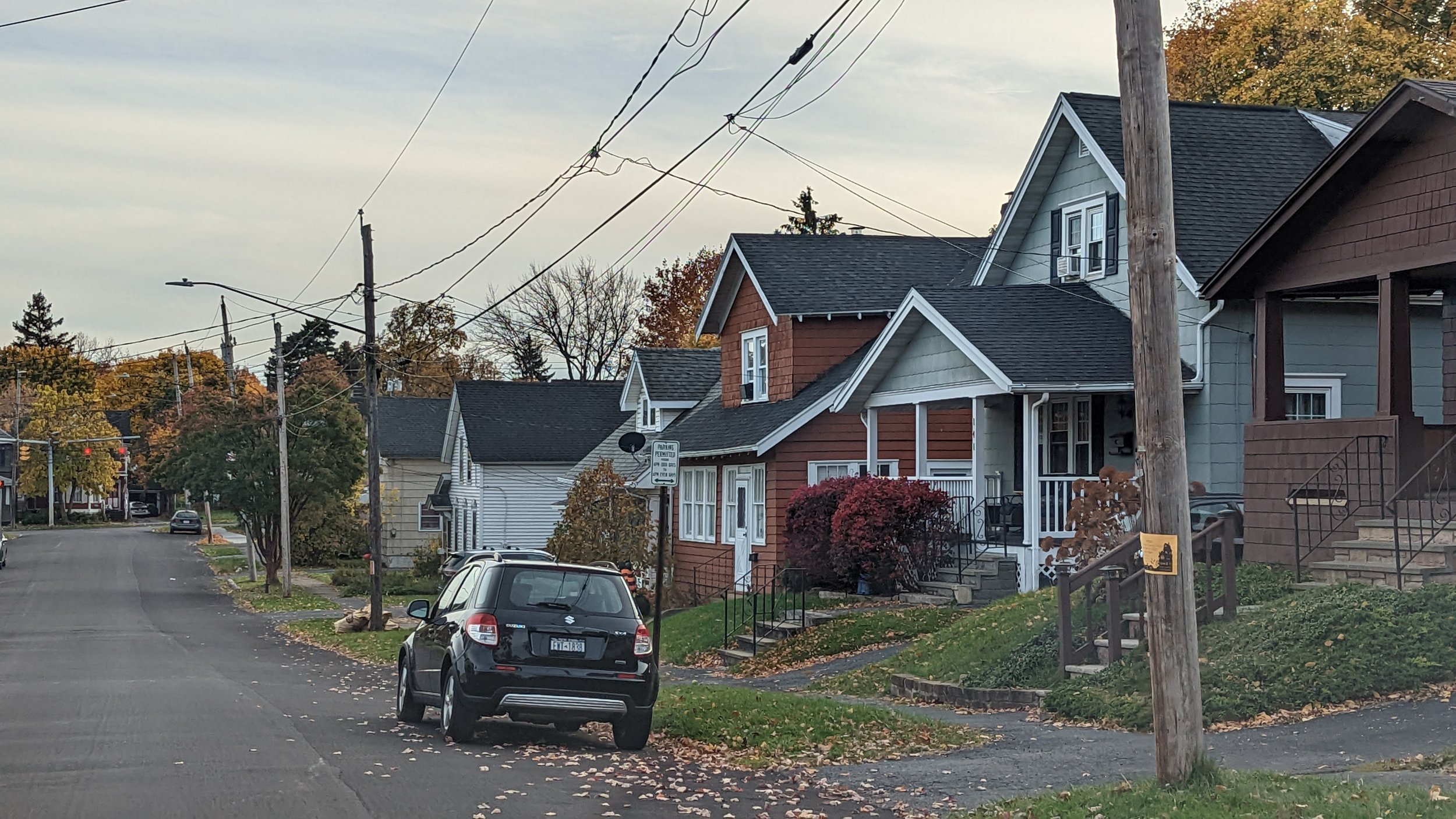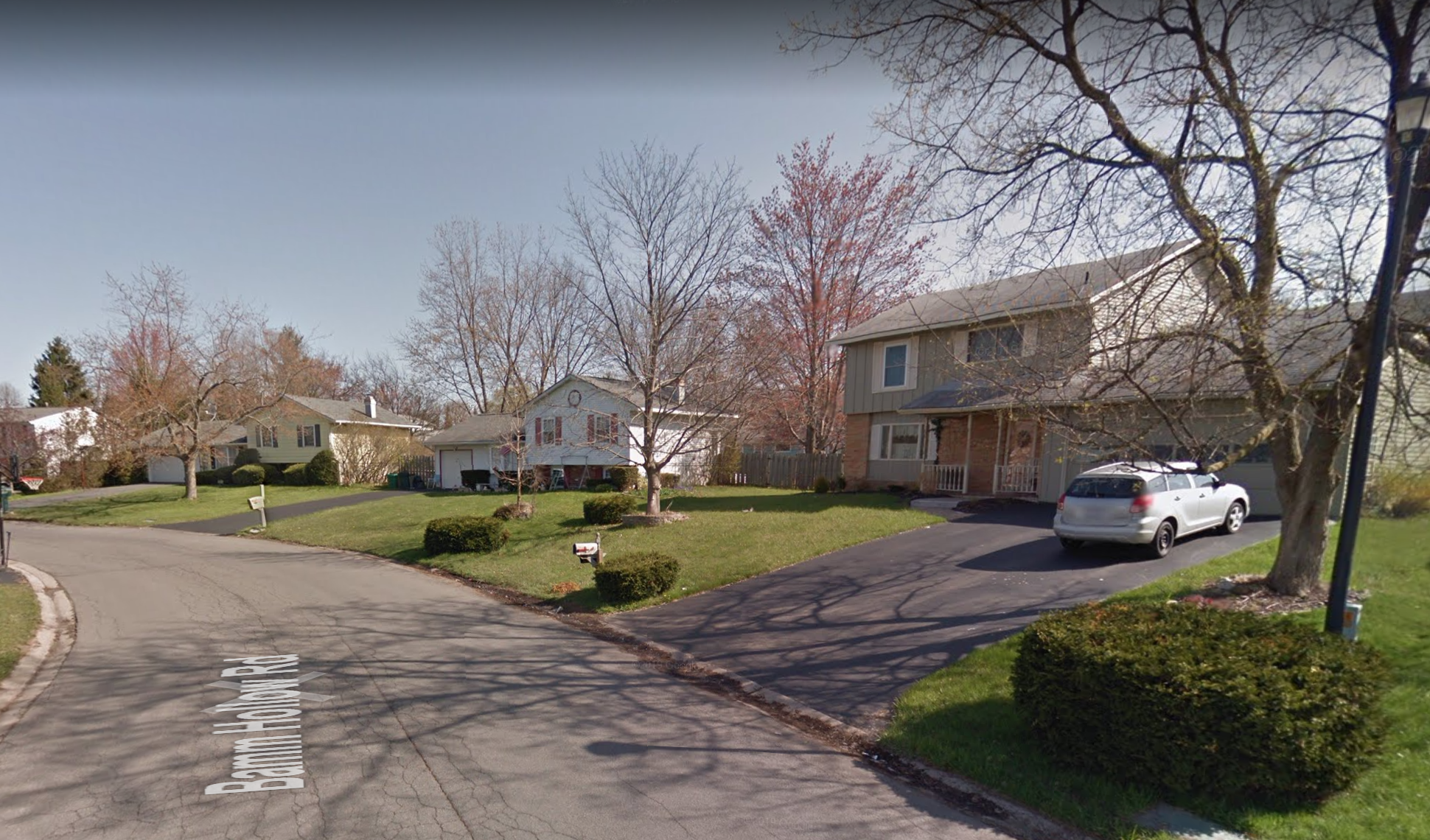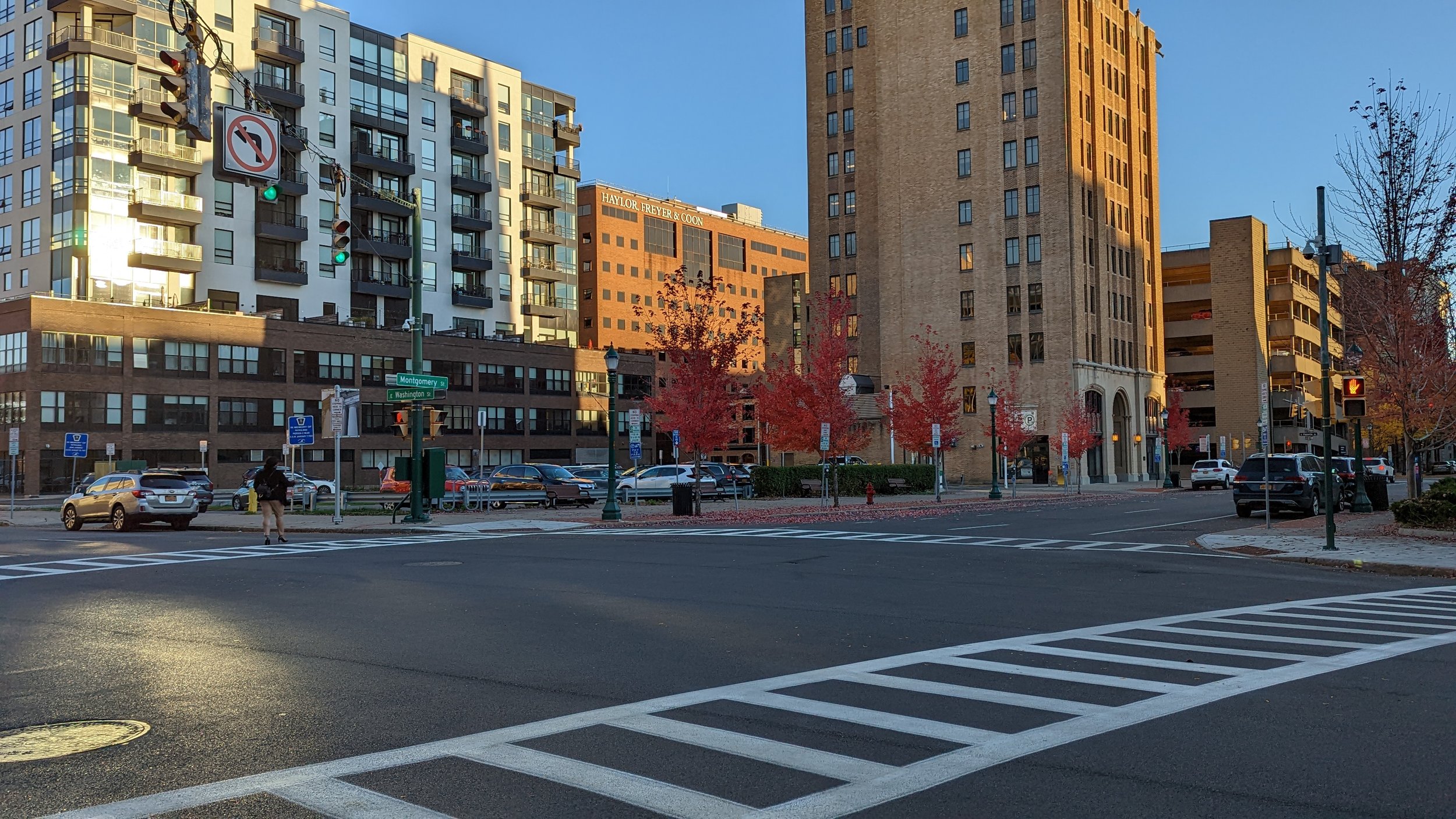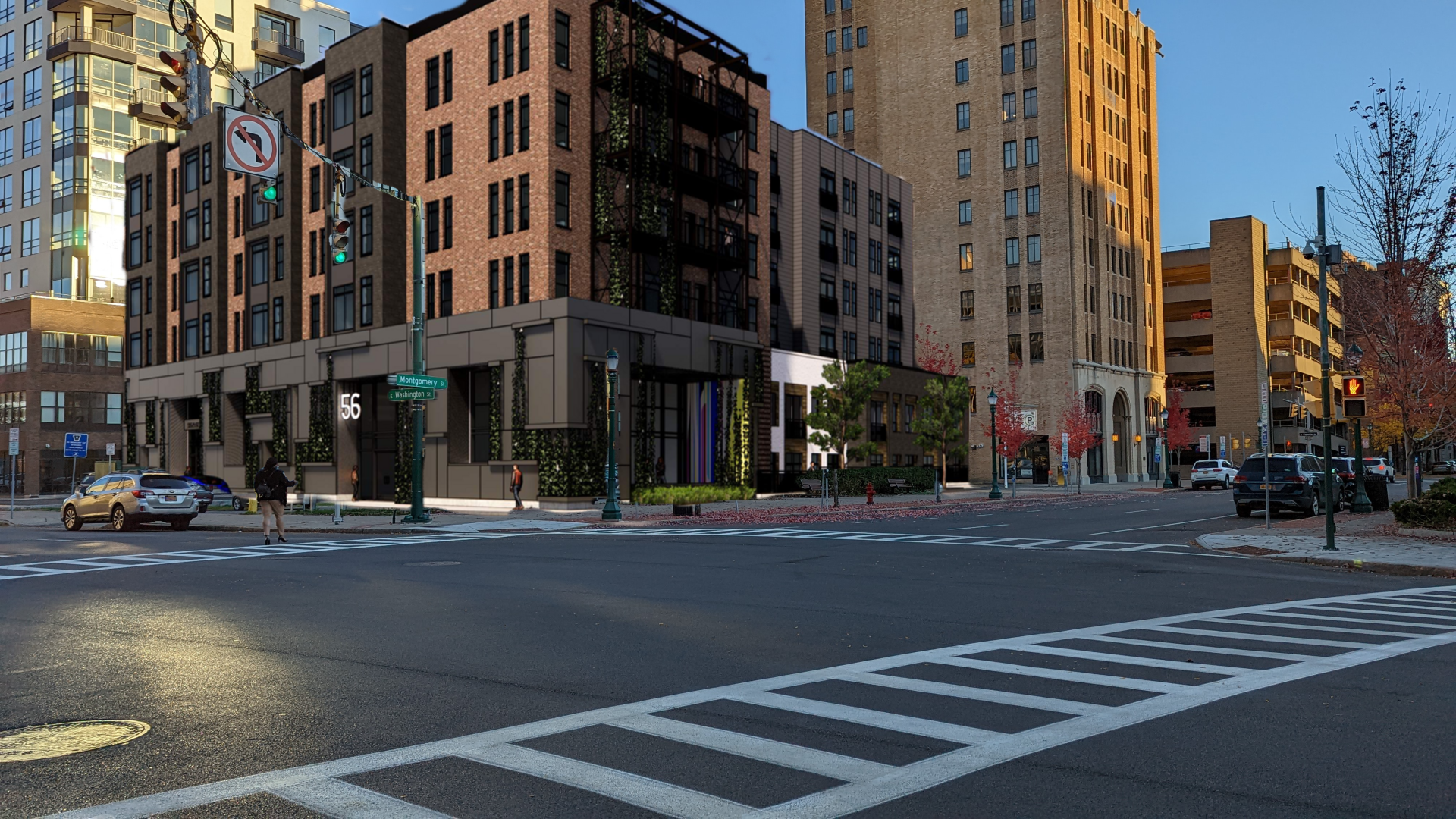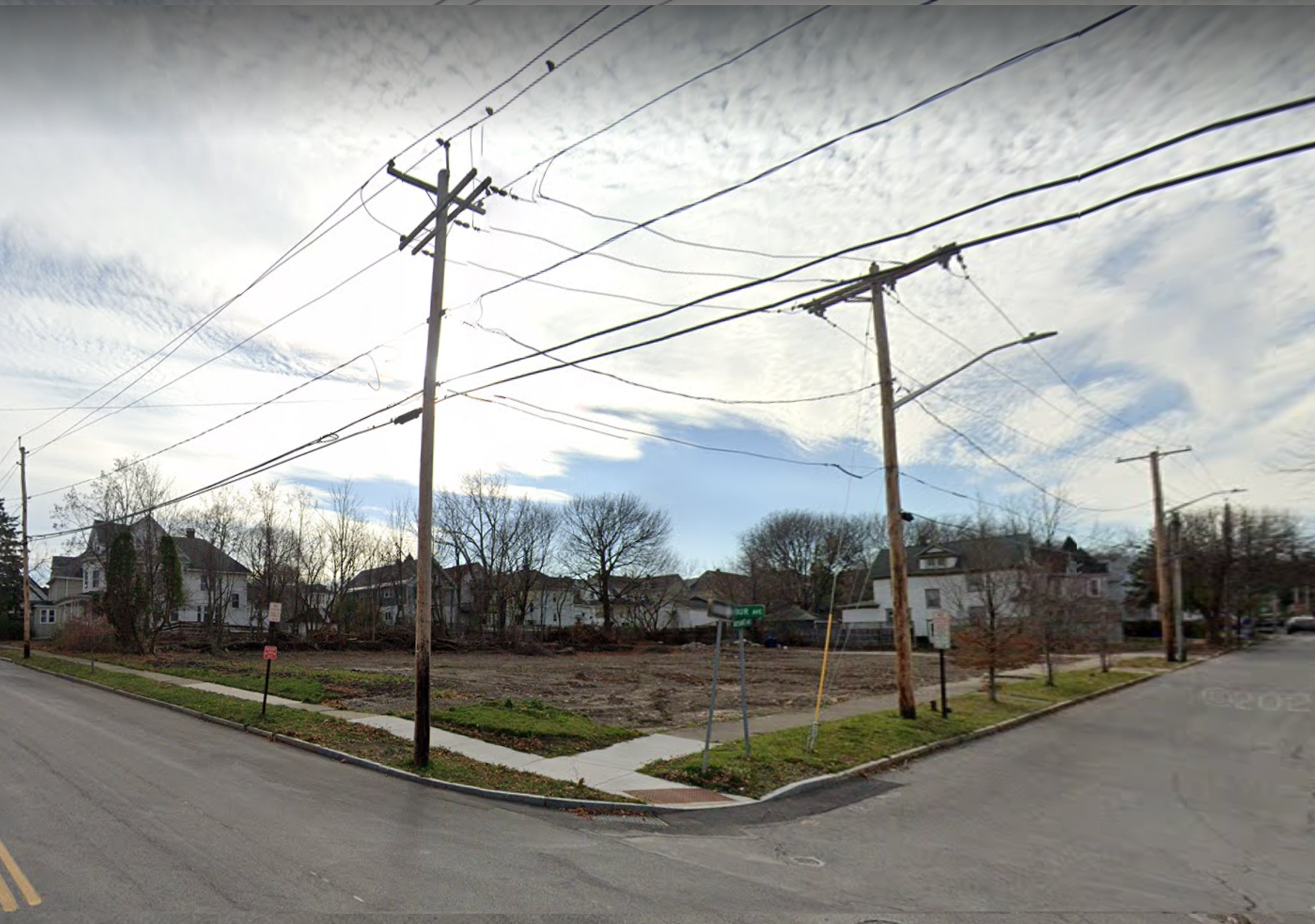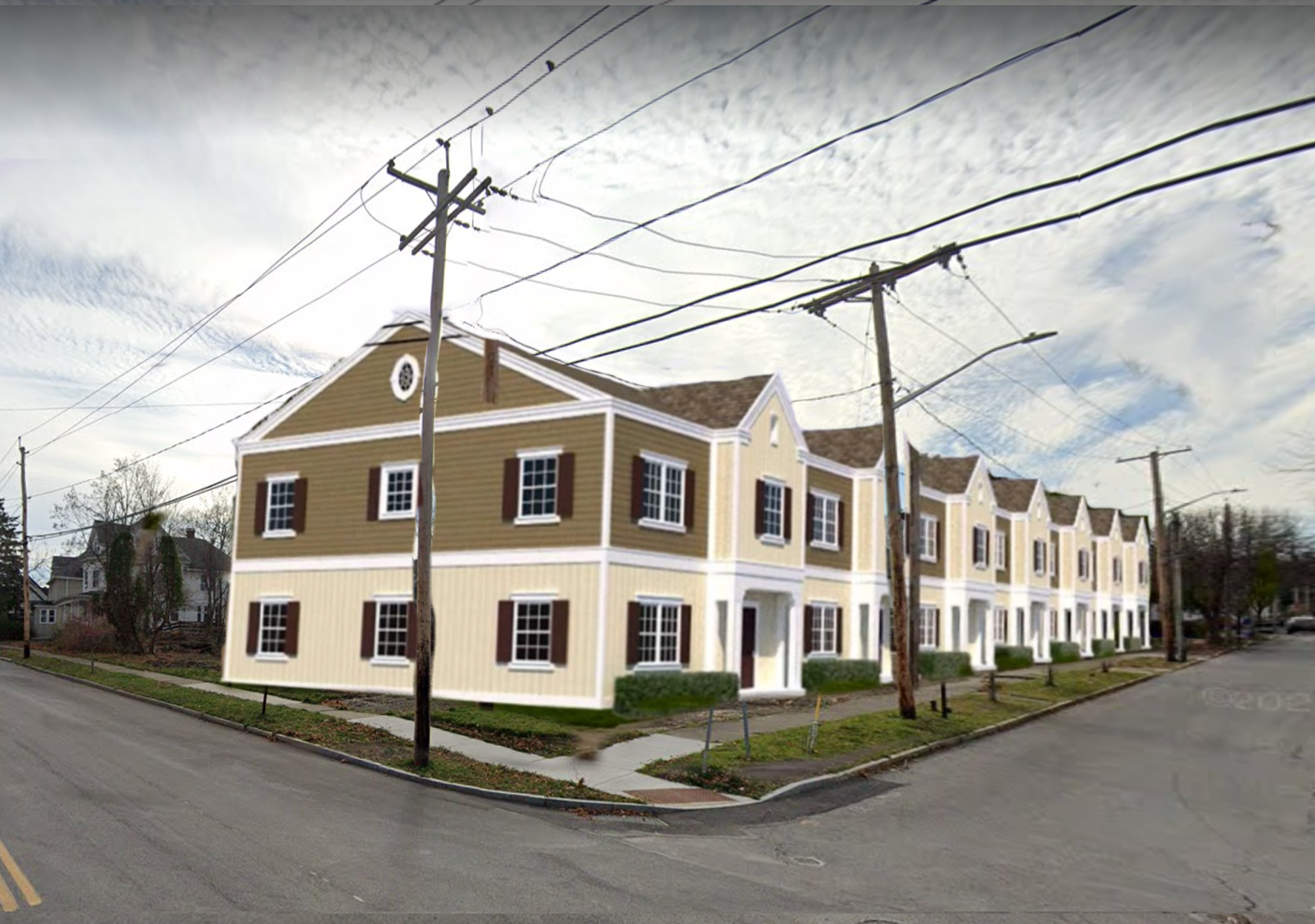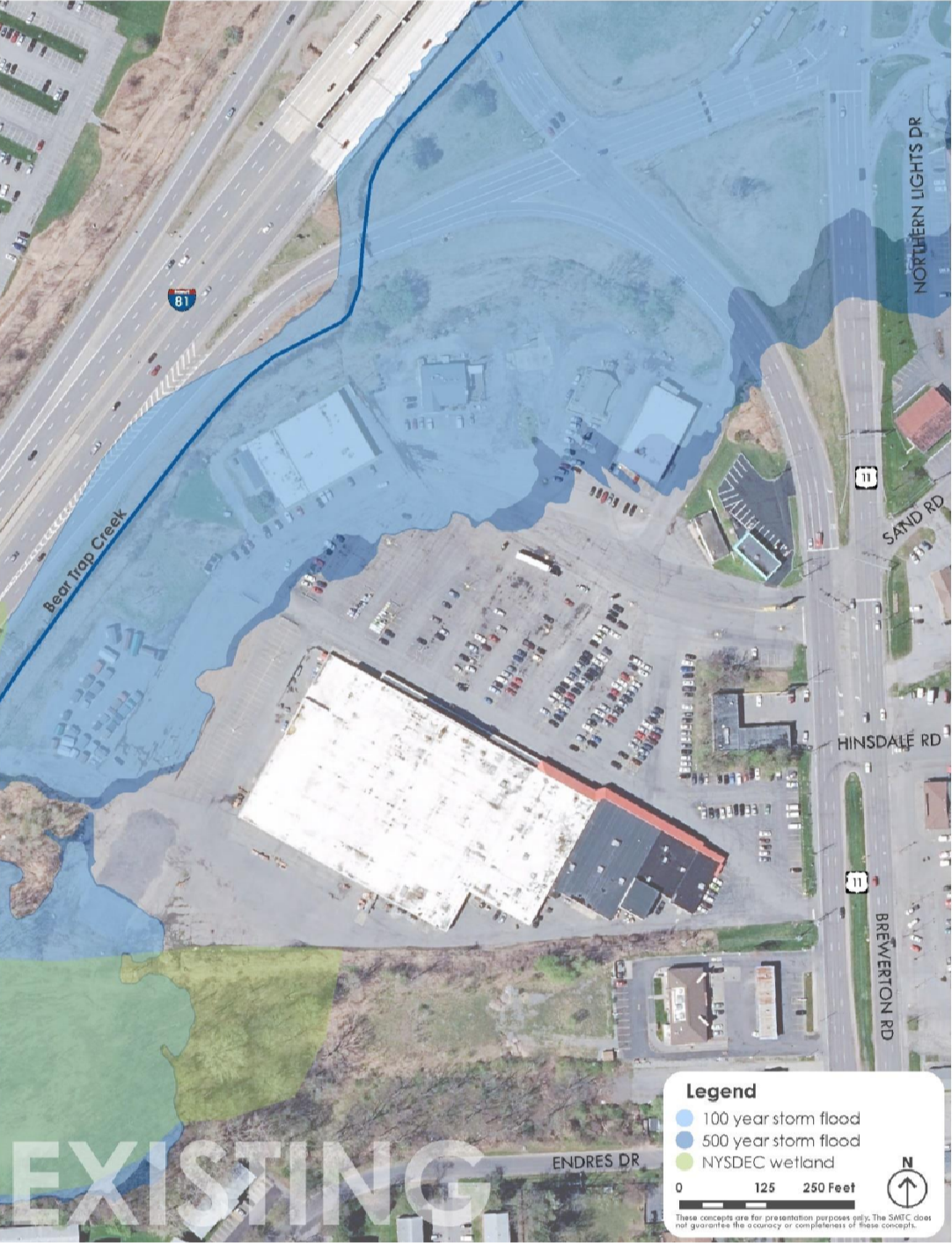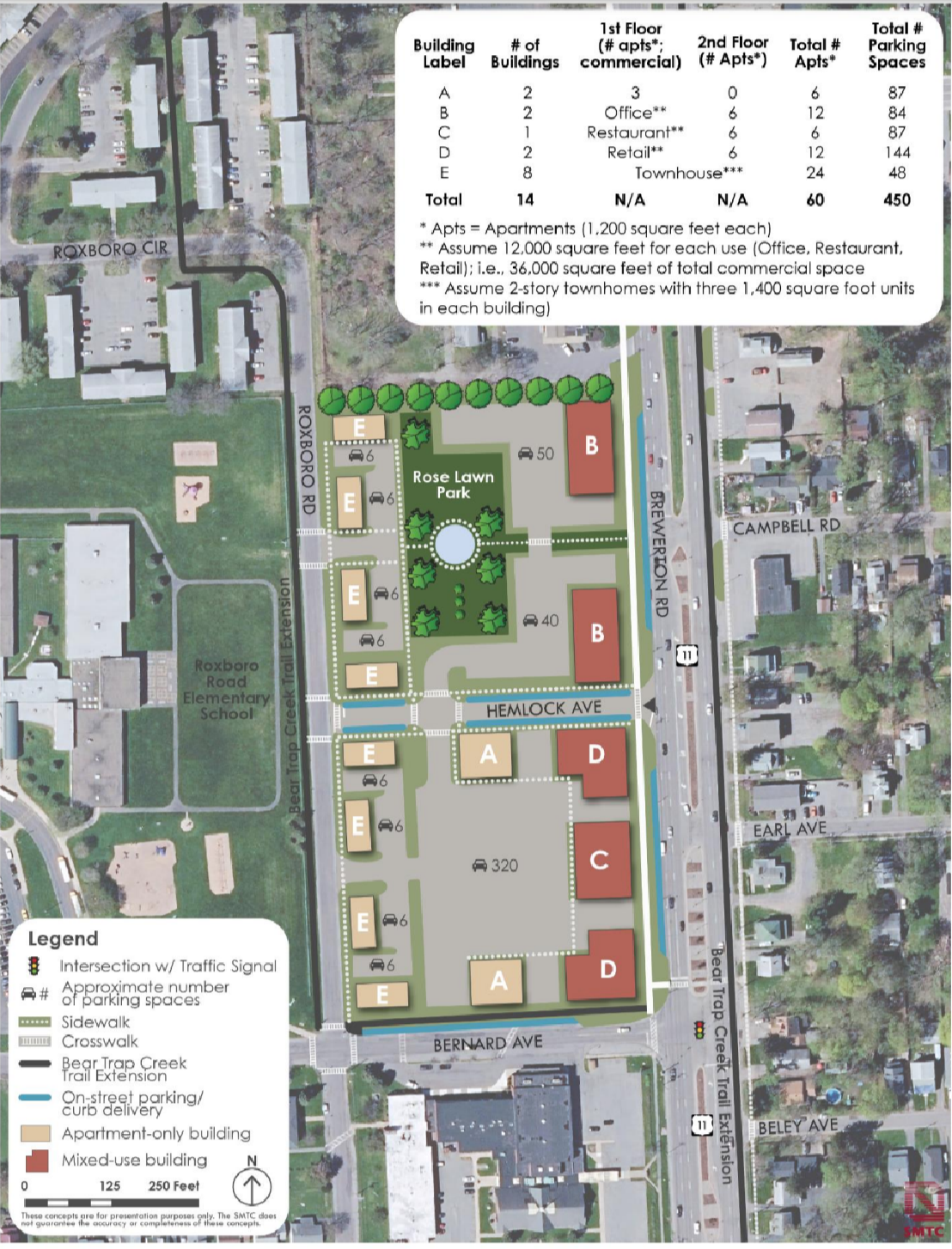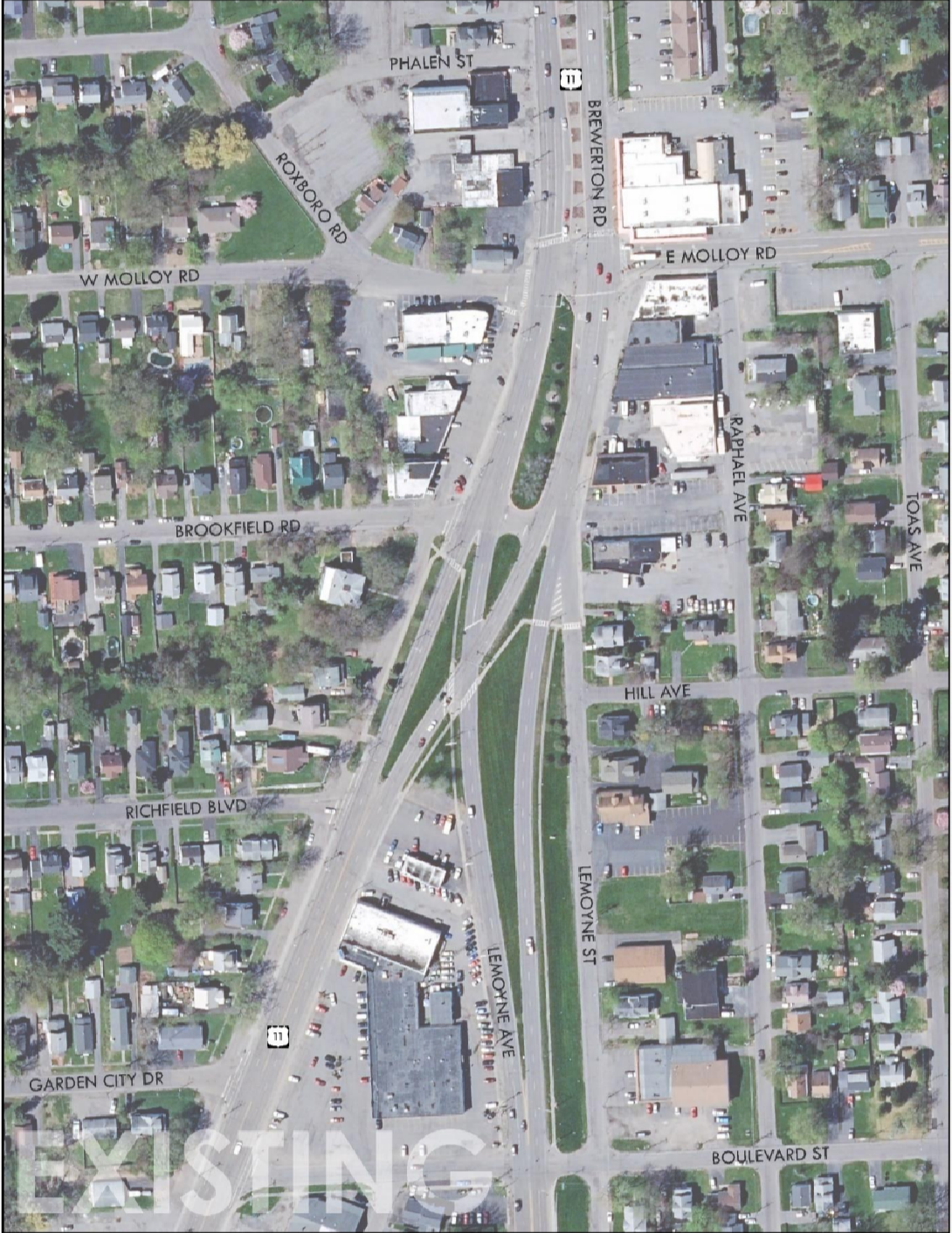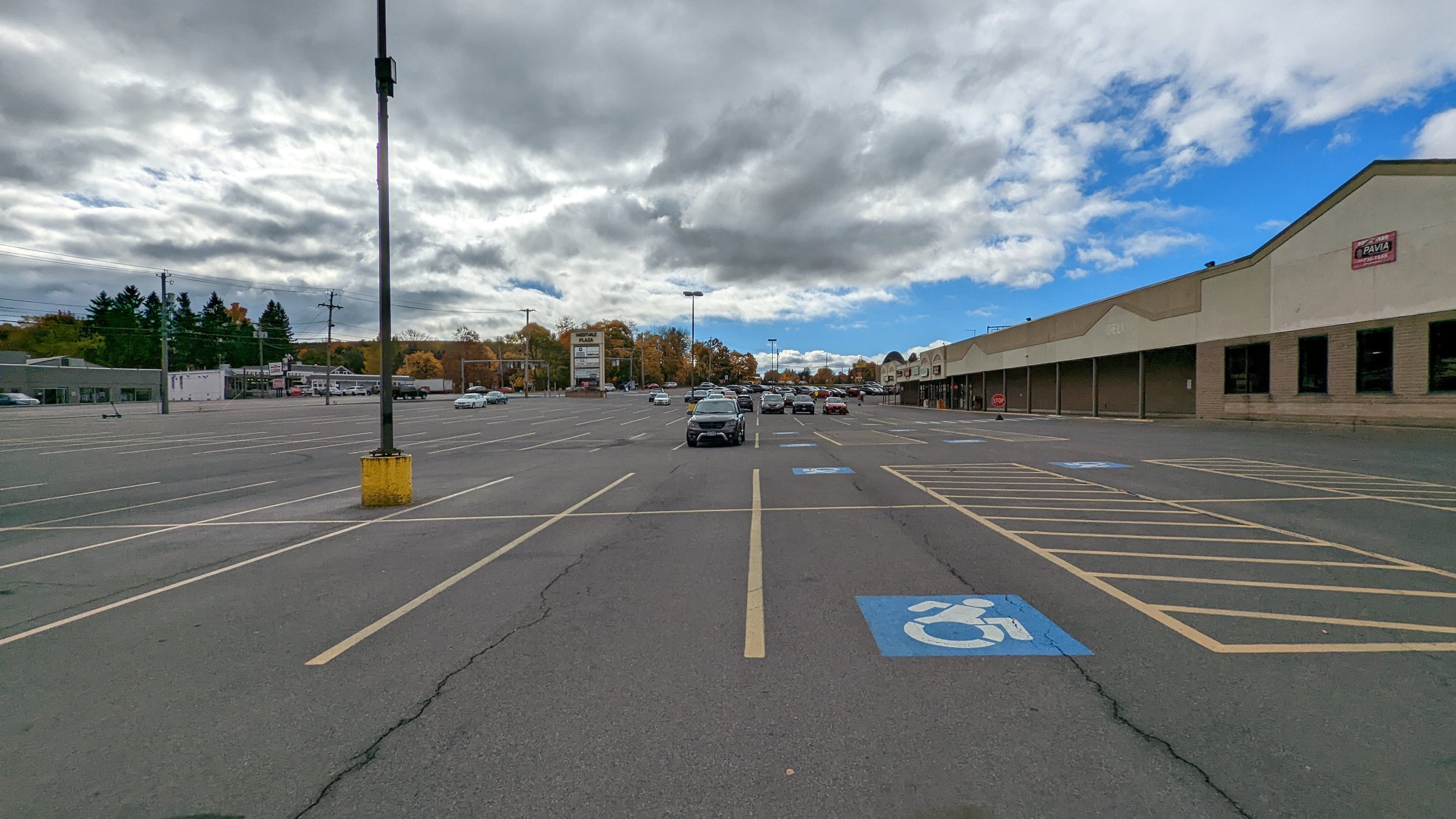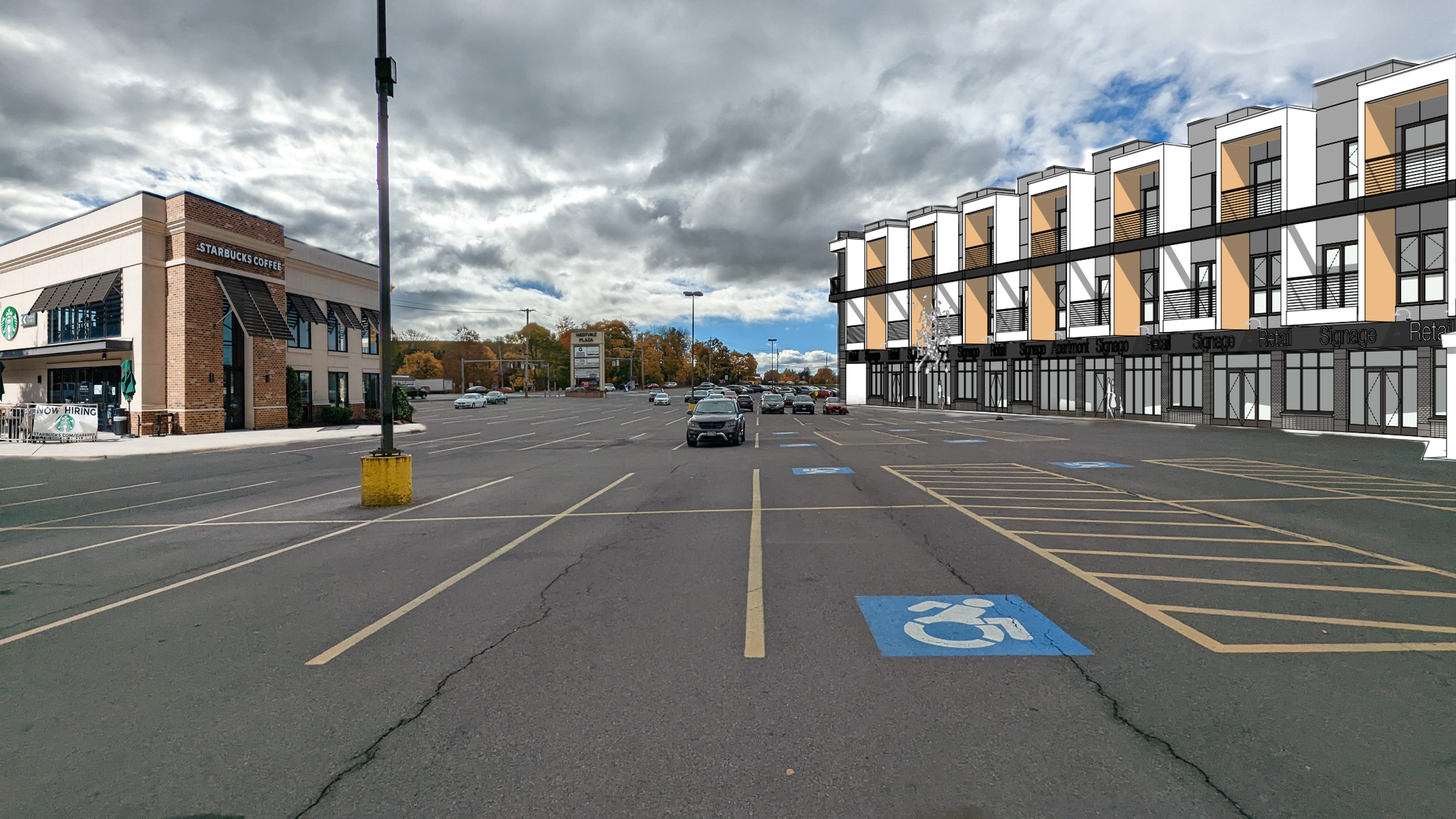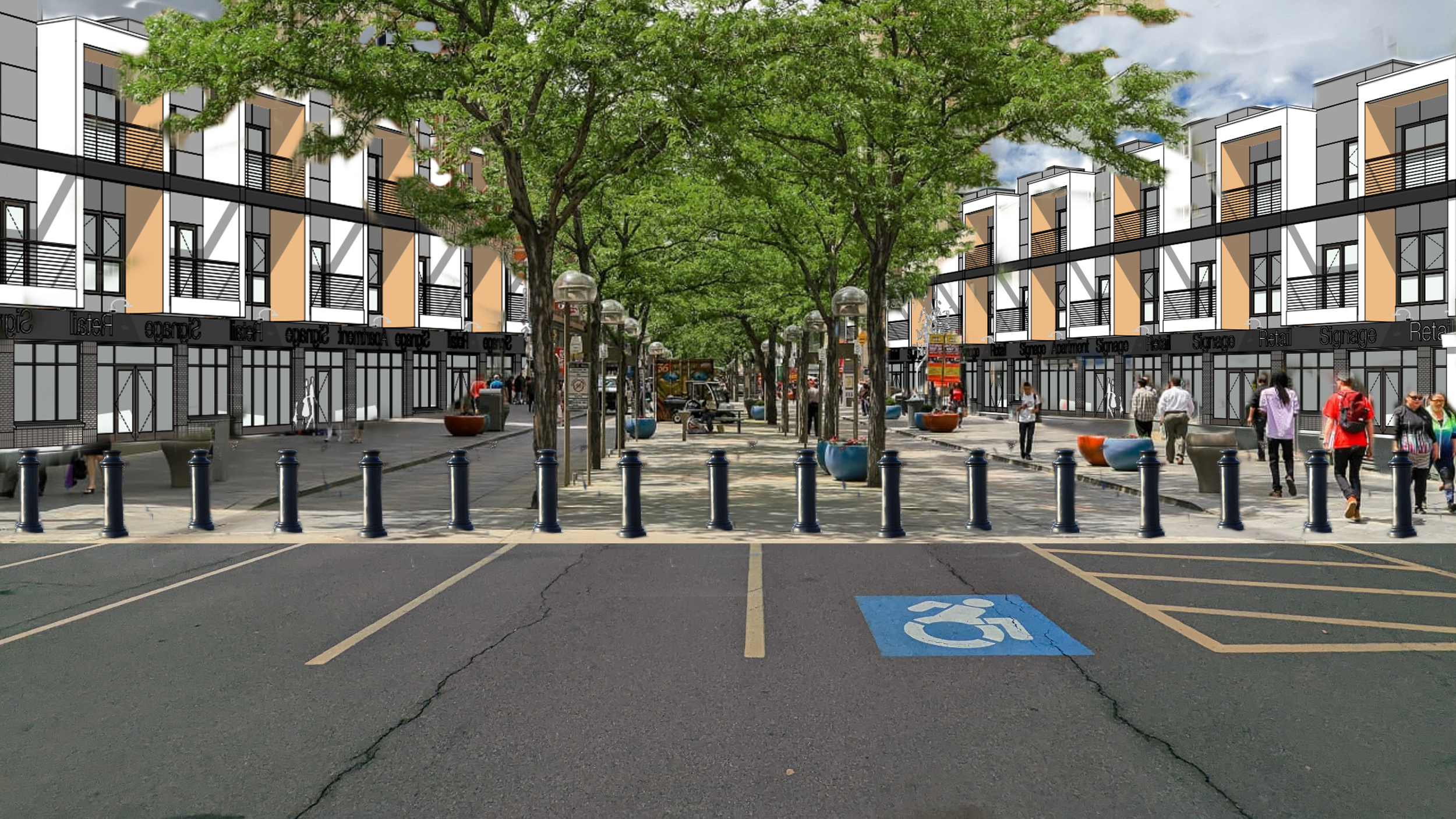One of the most common phrases I hear about why we can’t make Syracuse a more pedestrian and bike friendly city is the concern about winter. “It's too cold for people to be outside on a bike or to walk.” “What about the snow?” “Plows will struggle if you do that.” “People are only outside for 3 months out of the year.”
I’d like to report that all of these concerns are overblown, if not just a straight up lie. Yes, cold weather and snow pose challenges to all infrastructure, but we have far fewer bad days than people like to admit. It doesn’t snow every single day for six months straight. Very few days are so cold you hide away inside all day. I’ve written about different ideas for how we can embrace winter in the past (here, here, here, and here). But Syracuse is not the only northern city in the US, and there is much we can learn from some.
In May, I was finally able to take a trip to Minneapolis, a city that has become increasingly prevalent in urban planning circles, especially in terms of bike infrastructure. Even on a brief trip, there was a lot to learn just from walking the streets.
Space for Bikes
“People won’t bike when it's cold,” Well, someone should tell the residents of Minneapolis that fact. The city gets far colder than Syracuse during the winter, yet has 8 times the share of people riding bikes to work (4% vs 0.5% in 2019). If you factor in other types of trips (daily errands, visiting friends, recreational), bike riding numbers would go even higher. It's not the cold that keeps people from biking, it's the lack of safe infrastructure that is maintained throughout the year.
In 2018, Minneapolis was ranked as the 4th best bike city in America by Bicycle Magazine. While the article criticizes the city for its past focus on recreational trails while forgetting about the day-to-day needs of cyclists in its urban spaces, it notes that in 2016 the city implemented a new complete streets policy. All road reconstruction projects now must prioritize walking, cycling, transit, and cars, in that order. This is the same approach several European countries take, which has resulted in far higher rates of bike ridership and transit usage than what is found in the US.
As of 2023, Minneapolis has over 100 miles of off-road trails and bikeways, 98 miles of bike lanes, and 16 miles of protected on-street lanes. These facilities aren’t just available during the summer months, but are kept care of throughout the year. In fact, many residents have noticed the protected lanes and trails being cleared before the roads. One of the reasons for this - no parked cars getting in the way.
As you walk around the city, you find the desire to provide truly separate facilities for bikes. Raised bike lanes can be found throughout Downtown Minneapolis, and off-street trails and shared use paths spread out across the city. This is by design. Off-road shared-use paths are the preferred infrastructure throughout the city, while raised lanes are opted for wherever there is not room for a shared-use path, or it is deemed undesirable. When bikes and cars do mix at intersections, clear markings help guide people on bikes in designated spaces, including pocket turn lanes. These turn lanes help riders wait to turn in a safe, protected space away from traffic.
The Martin Olav Sabo Bridge
Even further separation occurs when you look to cross busier roadways. The Martin Olav Sabo Bridge was the first cable-stayed bridge in Minnesota and it is dedicated solely to people on bikes and on foot. While it might be the most impressive shared-use bridge I saw, it was not the only one. Bridges cross roadways and waterways throughout the city, allowing you to travel with limited interaction with cars often.
While Syracuse is making progress on some of these fronts, its network is still inconsistent and very few facilities truly separate riders from traffic. The closest experience to these paths and trails in the Syracuse area are the Creekwalk and the Loop the Lake trail. While we are working to improve connections to these trails to make them easier to use for commuting instead of just recreational purposes, key connection points often remain stubbornly blocked during the summer months due to festivals and concerts. Until we prioritize these connections, like Minneapolis has, commuting by bike will remain a less desirable and less safe alternative.
One thing Syracuse has not made a lot of progress on is providing secure bike parking facilities. In Minneapolis, bike parking in the commercial centers is seemingly everywhere. Just look outside Target Field, where the Minnesota Twins play, and you’ll find dozens and dozens of bikes locked up by fans during the game. Meanwhile, NBT Bank Stadium, home of the Syracuse Mets, currently suffers from a lack of bike racks, or really any easy connections for individuals outside a car. Not only does Minneapolis have a plethora of traditional staple racks, but bike lockers can be found in many key locations. These lockers are found throughout Downtown Minneapolis and at most light rail stations in the region. For less than $50 a year, residents can use the lockers as they need, creating a seamless and safe transition between riding a bike and transit. Bike parking is often overlooked in our transportation systems, while we obsess over storage for our cars. To get people on their bikes, they need to feel safe about where they leave them at the end of their rides.
Building for Transit
Beyond riding bikes and walking, transit access in Minneapolis can teach us quite a bit. While Minneapolis is denser than Syracuse at this time (7,962 people/square mile vs 5,930 people/square mile), much of our street networks were built out around the same time when both cities had higher populations and higher densities. One difference between the cities is that Minneapolis refocused itself around transit access long before Syracuse has started to do the same.
In the 1960s, Minneapolis opened the country’s first transitway, Nicollet Mall, which closed the street to private vehicles while opening it to high quality transit and pedestrian space. The mall was most recently renovated in 2017 to provide more space for people and added greenery and updated lighting, making it a more pleasant experience. Along the transitway, and at many bus facilities across the city, large shelters are provided with detailed digital countdown boards, so it's easy to tell when to expect the bus you need.
Syracuse is getting its first bus rapid transit (BRT) lines in the coming years, and would do well to learn from the Nicollet Mall. Prioritize people and buses. Exclude cars when necessary. Provide up to date information to people as they wait. Provide ample space for people to wait to better ensure comfort.
Being a larger city than Syracuse, Minneapolis has also made key investments in light rail, which first came into service in 2001. What makes the Minneapolis light rail, known as the Metro Blue and Green lines, different from other rail transit networks I have ridden on across the US, is its focus on connecting population centers. Unlike Denver’s rail lines, which were pushed to the edges of communities and are surrounded by parking lots, Minneapolis has instituted transit oriented development (TOD) and transit improvement zones within a half mile of all stations. These policies promote denser development patterns with less space for car storage. The city has also secured grants in recent years to study potential improvements surrounding stations and identify funding opportunities for developers to help promote denser development patterns.
Metro Blue Line running through Downtown Minneapolis.
Syracuse is looking to implement some forms of transit oriented development through ReZone Syracuse, but many of those policies are tied to the implementation of BRT. Developers need to know where BRT stations will be as the immediate blocks will be the focus of TOD style projects. Concentrating development on top of high quality transit lines, along with reducing and adequately pricing car storage, will help promote this more sustainable growth pattern.
On a brief side note about dense development and access, the stadiums for Minneapolis’ major league teams are all integrated into the fabric of the city. Each one is accessible via transit (rail and bus), the bike network, and pedestrian infrastructure (both sidewalks and skyways). Most of the stadiums are surrounded by their neighborhoods, with bars and restaurants, apartments and offices all within a short walking distance. This may not be the most important piece of infrastructure in a city, but emphasizing these connections instead of sitting in a sea of car storage helps integrate the team and its fans into the community. I’ve continually advocated for Syracuse to do the same.
Target Field
Public Spaces in All Seasons
While density, along with proper transportation infrastructure, is key to a thriving city, providing excellent public spaces helps the residents get out of their homes and connect with one another. This is not just about being outside in summer months, but providing spaces for year round use.
One way that Minneapolis has addressed this need is through their extensive network of skyways. In fact it is the world’s largest network of interconnected pedestrian bridges. First opening in 1962, the skyways have over 80 blocks through Downtown Minneapolis, allowing people to walk through dozens of buildings and past interior shopping and dining options without stepping foot outside. During the Minnesota winters, having a heated pathway through the city can be vital.
But I bring up the skyways not as a, “we should 100% build this in Syracuse,” type of idea. While the skyways help shield people from harsh weather, they also dampen street life, which is something the city has been concerned about since the very beginning. Instead, I see this as an idea that can be improved upon. Being able to experience the heart of the city without needing to bundle up every time you need to go somewhere is an enjoyable experience, but it needs to be grounded back to the street. The existing skyways in Minneapolis do not always have obvious entrances and exits. Often you feel like you are intruding on someone else’s space, which in some ways you are. And the bridges can be closed at the will of the building owners, potentially blocking key routes when you need them most.
Syracuse’s only two skyways currently connect offices to parking garages. This is an extremely limited use and does nothing to truly benefit the city. If northern cities want to embrace skyways as a way to improve mobility during the winter months, they must be publicly controlled and clearly marked. Dedicated entrances that open onto the sidewalk, and ideally lead directly to destinations throughout the downtown core.
Another option, which I’ve discussed in a previous piece, is utilizing STOA, or covered walkways. These are most famously found in older Italian and Spanish cities to help shade residents from the sun, but could easily be repurposed to cover us from rain and snow. While there’s no heating in these structures, blocking some of the elements that make walking uncomfortable while keeping us on street level might be enough to convince some to venture out during poor weather.
Rooftop bar at the Brit (photo by Tyler Henderson)
A more tried and true place to gather is the local pub. While Syracuse has finally opened its first rooftop bar, Minneapolis has many. People often shoot down the idea of a rooftop bar because of the colder winter months, yet most of the year we experience pleasant weather, even during the winter. One rooftop bar in Minneapolis, at the Brit, features an entire bowling green, acting as a second story lawn for playing games. We might not need something quite as large as this space, but recognizing that we deserve rooftop access in our downtown core is not up for debate.
Public Art
The final piece I will touch on in this piece is the importance of public art. Syracuse has been making strides towards improving the quality and number of public art pieces across the city, but we have a ways to go before we begin to match Minneapolis. Just outside Downtown Minneapolis sits a world famous sculpture garden that was busy even on a dreary day. The sculptures are larger than life, and a few were even interactive.
Even on the walk to the garden, and throughout the city, you stumble upon large scale murals highlighting famous residents or landscapes. These pieces are seen as preserving the history of the city and highlighting what they are proud of. Syracuse has begun down this path more vigorously in recent years, with new murals going up in each neighborhood. We should continue this process and encourage even more.
The big takeaway from this experience is that many of the things Minneapolis has achieved in terms of public infrastructure are not that far out of reach for cities like Syracuse. If anything, they are a model for what we can achieve in colder climates. We may not have the financial strength or cache of a larger city, yet, but we can prioritize investments that make some of these goals more achievable.





